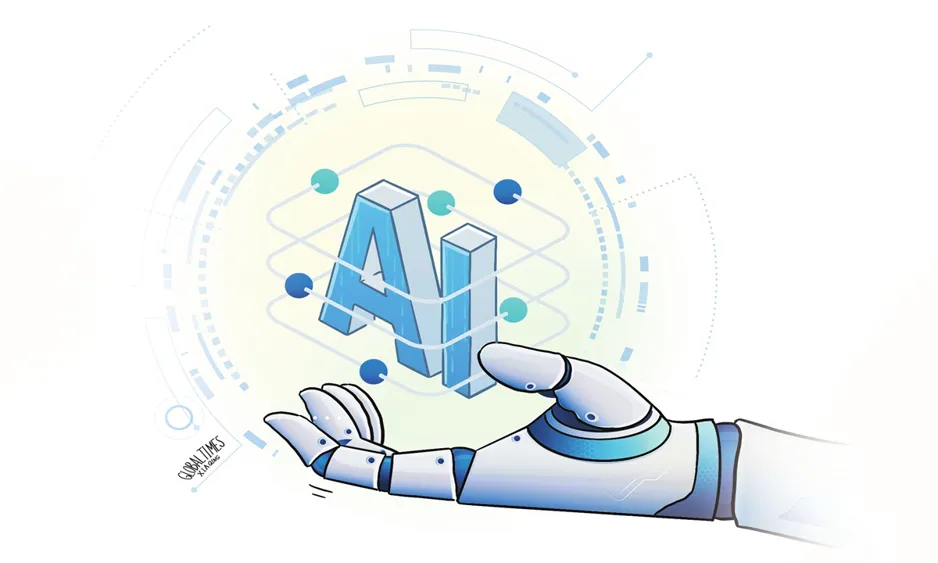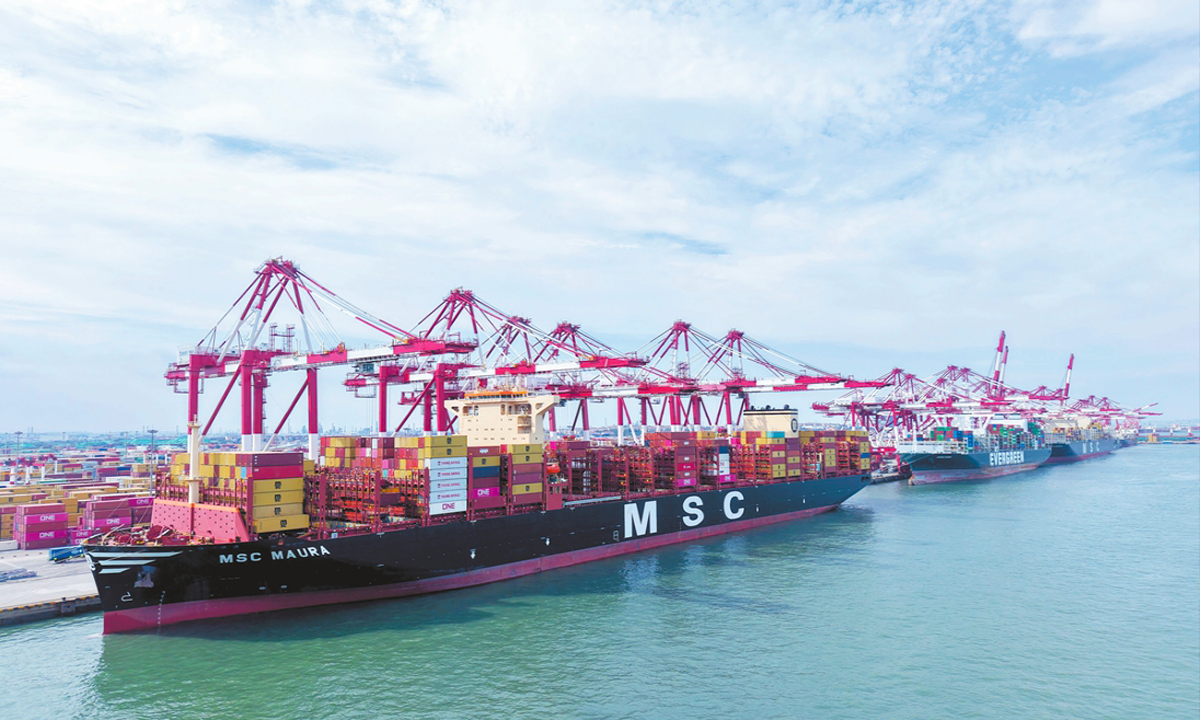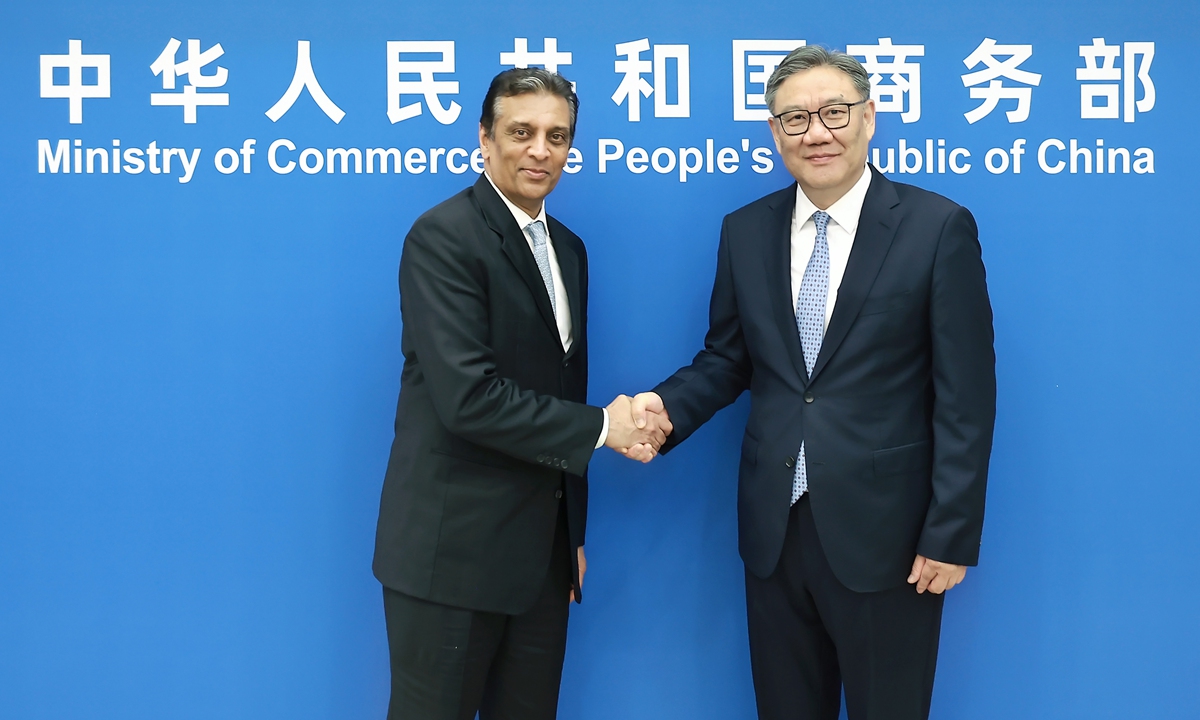Can China and EU Collaboration Match Rapid AI Factory Growth

The European Union's ambitious plan to allocate €10 billion towards the establishment of 13 artificial intelligence factories marks a significant step in enhancing collaboration with China in various technology sectors, particularly in green energy and healthcare.
These AI factories are envisioned as dynamic ecosystems integrating computing power, data, and talent to produce advanced AI models and applications. Essentially, they function as manufacturing units dedicated to the production of AI technologies.
In a bid to stimulate economic growth and bolster its global competitiveness, the EU is intensifying its focus on research, innovation, and investment in emerging technologies. As the global interest in cutting-edge areas like AI continues to rise, Europe is positioning itself as a leader in AI development, with these factories being central to that ambition. According to CNBC, the EU's investment of €10 billion (approximately $11.8 billion) will catalyze the formation of these AI factories, further complemented by a base of €20 billion earmarked for investments in gigafactories.
The creation of these AI factories is anticipated to not only accelerate the growth of the AI sector within Europe but also to pave the way for a host of international collaboration opportunities, expanding their reach beyond AI to encompass sectors such as green energy and digital infrastructure.
However, challenges remain. Experts have pointed out concerns regarding the capacity of Europe's electricity grid to support the scale of these factories, which may necessitate substantial investments in renewable energy sources.
The global landscape for AI-related industries is fiercely competitive, with countries and regions striving to secure a leadership position. It is recognized that fostering international collaboration can pool essential resources and expertise, thereby expediting advancements in this domain.
China and Europe both exhibit considerable strengths in the AI landscape, and exploring the potential for collaborative efforts could yield significant benefits for their respective AI industries.
Cooperation between China and the EU in AI spans diverse sectors, including intelligent manufacturing, smart transportation, healthcare technologies, and digital economy applications. Major European firms such as Siemens and Bosch are currently collaborating with their Chinese counterparts on AI-driven industrial automation and smart factory initiatives.
Furthermore, Chinese technology leaders like Alibaba Cloud are contributing by offering digital services and AI products within the EU market. This symbiotic relationship highlights the complementary strengths that both regions bring to the table.
While the EU boasts robust capabilities in fundamental research and core algorithm development, these advantages have yet to be fully transitioned into large-scale commercialization. Conversely, China excels in areas such as producing a high volume of research outputs, leading global patent filings, rapid commercialization of technologies, open-source ecosystems, and extensive digital infrastructure.
For fruitful China-EU AI cooperation, it is crucial to connect China's extensive industrial capacity and deployment with the EU's formidable research abilities. Strengthening these innovative linkages could unlock greater possibilities for joint advancement in the AI sector.
Nevertheless, this cooperation is not without its hurdles. The increasing politicization of economic and trade matters by some Western politicians, particularly in the US, has created technological barriers that complicate cross-regional collaboration in sensitive fields.
Despite these challenges, it is crucial for both regions eager to advance in innovative sectors to embrace collaborative efforts over isolation. The hope is that China and Europe can capitalize on the swift progress of their respective AI industries to bolster cooperative ventures in this promising arena.
Read These Next

Top Meeting Emphasizes Open Markets and Stable Trade
Chinese leaders stressed expanding opening-up and stabilizing trade at a meeting, aiming to boost confidence in the economy.

Geothermal energy could power the AI era
The article outlines the advances in superhot geothermal energy as a viable solution for meeting the growing power demands of the AI era, spearheaded by Quaise Energy's innovative technology. It emphasizes the potential high energy output and favorable corporate strategies, while also addressing the complexities and risks associated with transitioning from conventional energy sources.

Chinese Minister Urges USCBC to Collaborate for Stable Ties
China's Minister Wang Wentao met with the US-China Business Council, urging collaboration for stable US-China economic relations.
